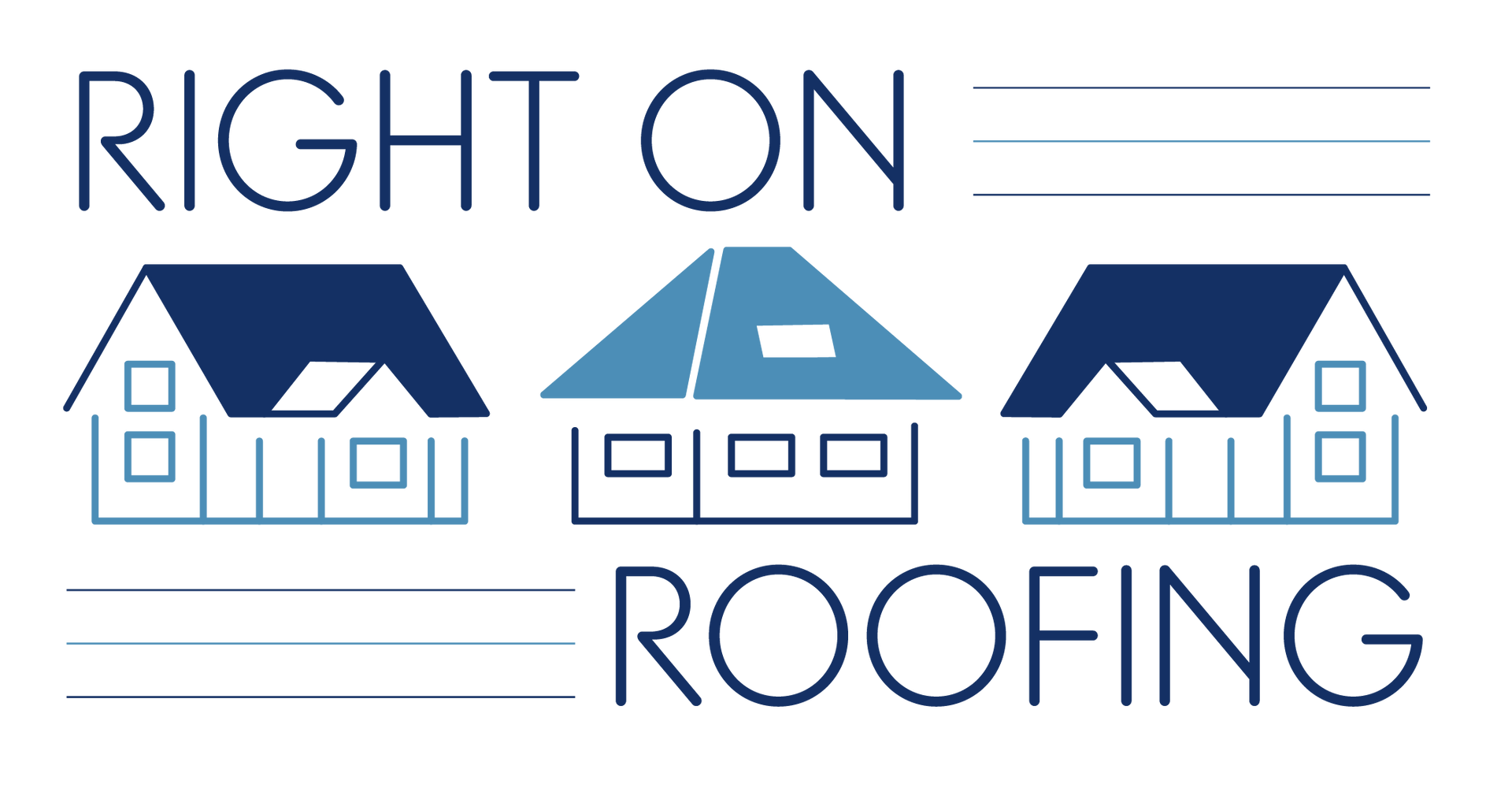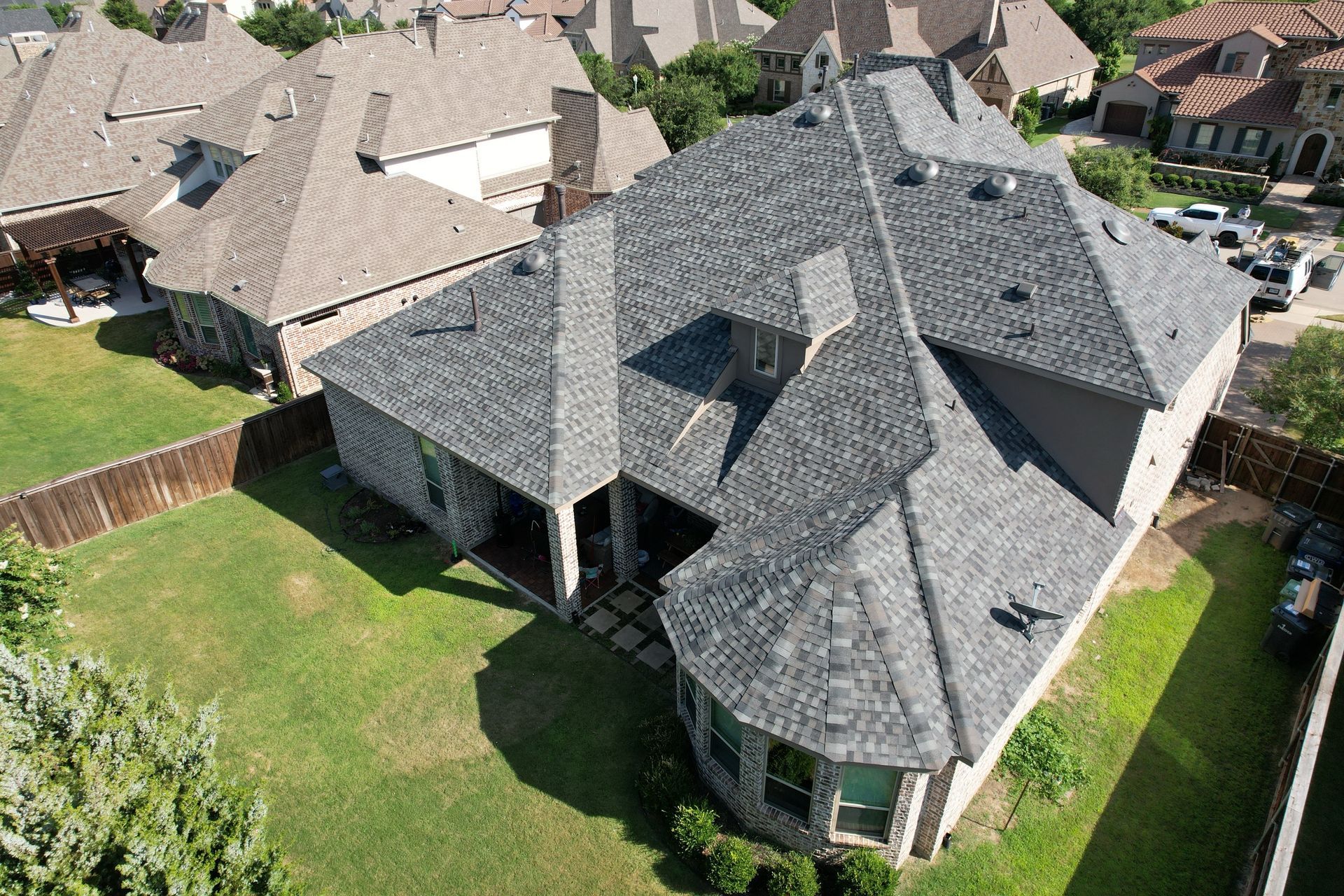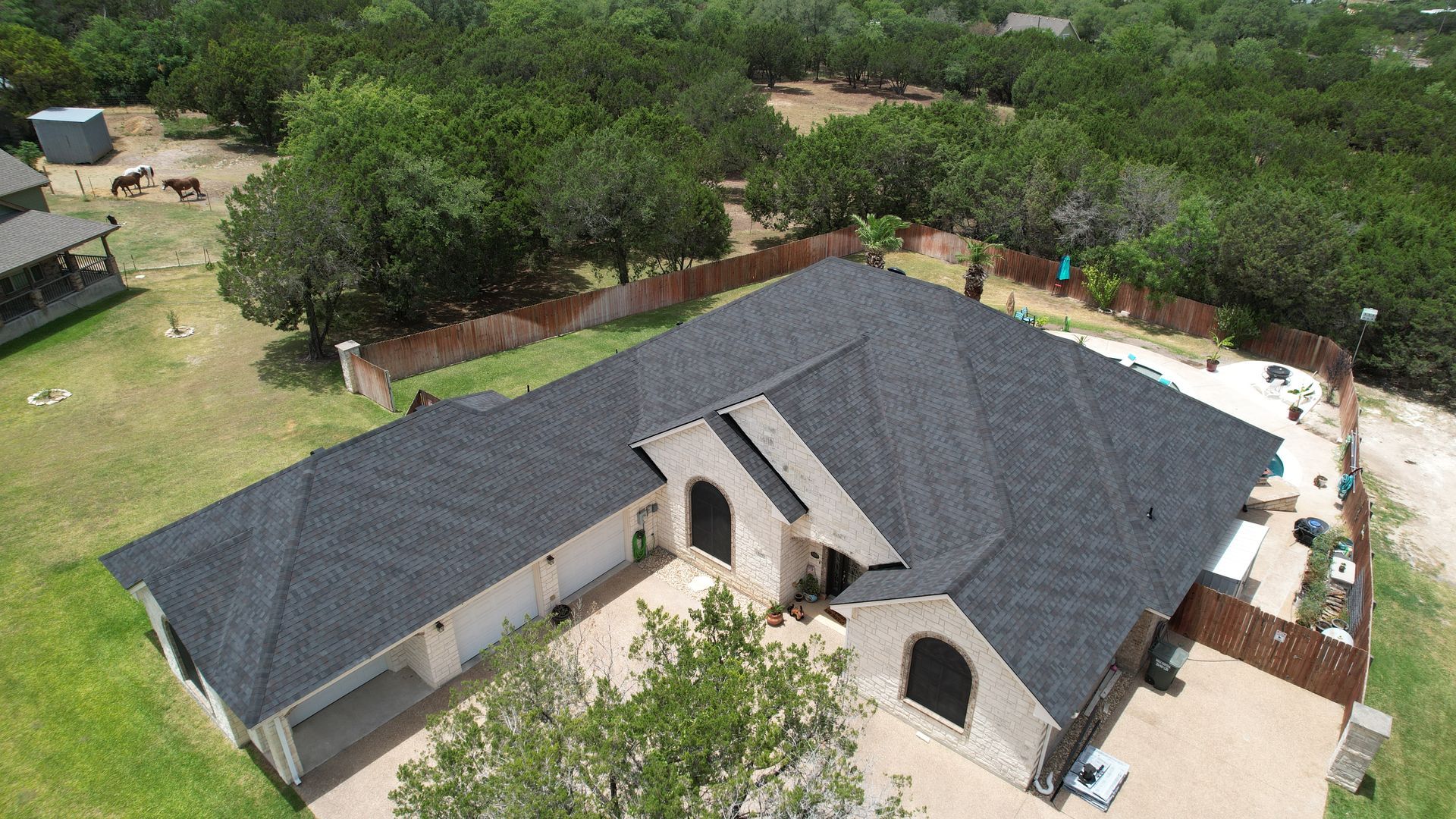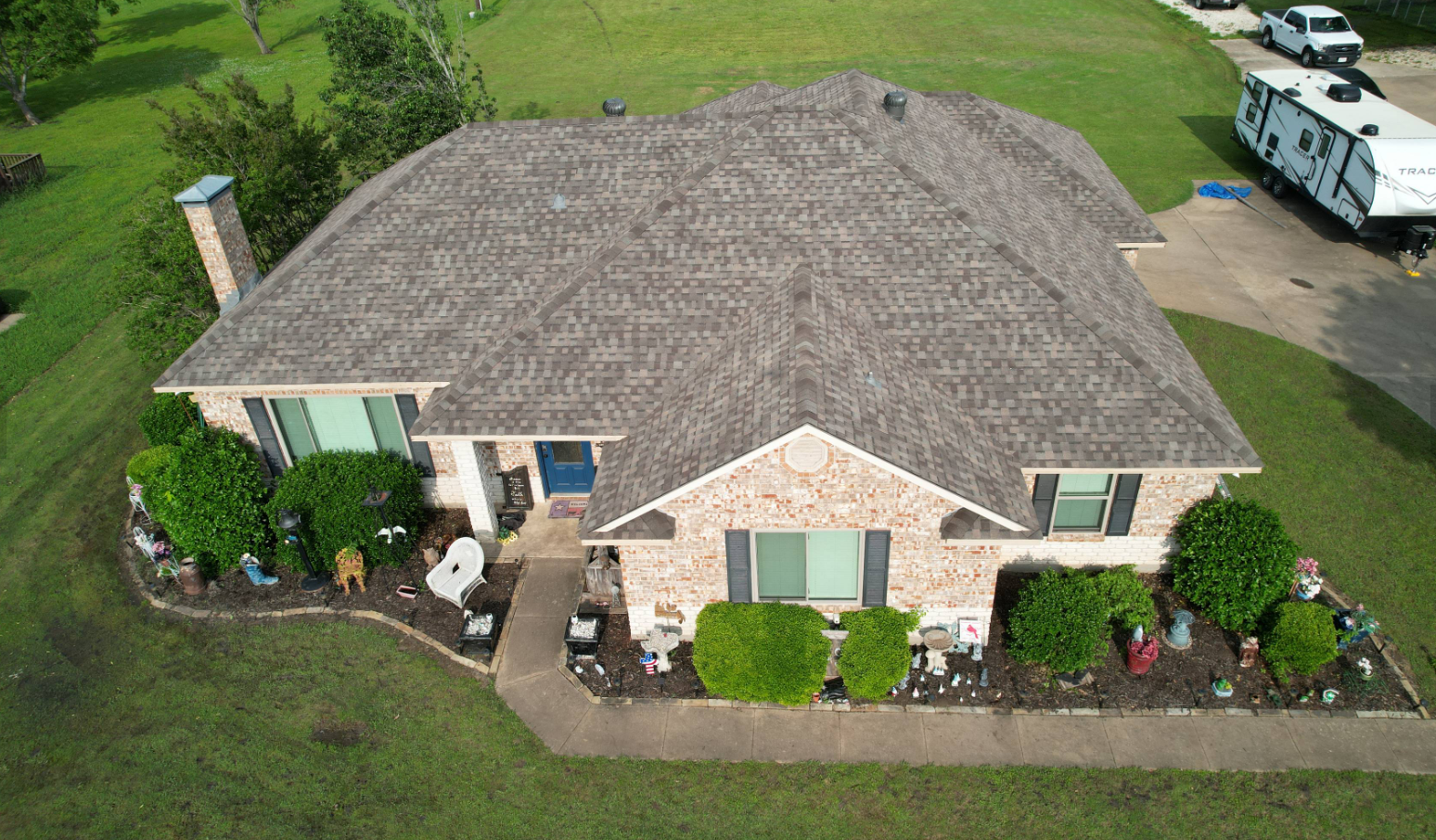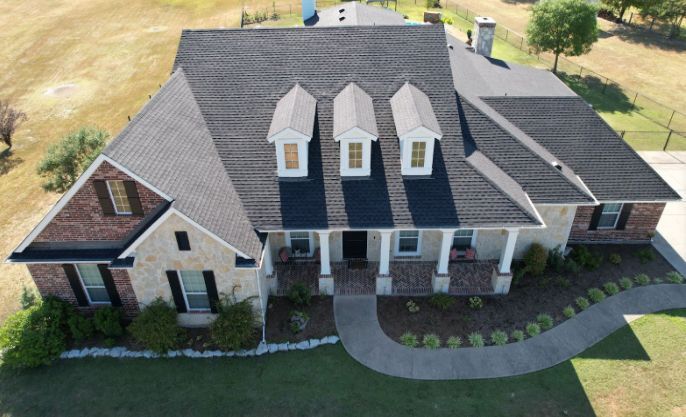Why Downspouts Are Essential for Your Home
Brooke Douglas • July 18, 2024
Downspouts: Why They're Important!
When it comes to protecting your home from water damage, downspouts play a crucial role. Often overlooked, these simple components of your gutter system ensure that rainwater is effectively channeled away from your home’s foundation and exterior. In this blog post, we'll explore the importance of downspouts, how they work, and why every home needs them.
**1. Preventing Foundation Damage**
One of the primary functions of downspouts is to direct water away from your home’s foundation. Without downspouts, rainwater can pool around the base of your home, properly installed downspouts help maintain the structural integrity of your home by preventing water from seeping into the foundation.
**2. Protecting Your Roof and Siding**
Downspouts are essential for protecting your roof and siding from water damage. When rainwater is not effectively channeled away, it can overflow from the gutters, causing water to seep under the roof shingles and behind the siding. This can lead to rot, mold growth, and other costly repairs. Downspouts ensure that water is directed away from vulnerable areas, preserving the longevity of your roofing and siding materials.
**3. Preventing Soil Erosion and Landscaping Damage**
Without downspouts, the constant flow of water from your roof can erode the soil around your home and damage your landscaping. This can lead to unsightly gullies, washed-out flower beds, and even damage to sidewalks and driveways. By directing water away from these areas, downspouts help maintain the beauty and stability of your yard and garden.
**4. Avoiding Basement Flooding**
Basement flooding is a common problem in homes without adequate downspouts. Water that pools around the foundation can seep into the basement through cracks and gaps, causing significant damage to your belongings and creating a damp, moldy environment. Downspouts reduce the risk of basement flooding by ensuring that rainwater is directed away from the foundation and into a safe drainage area.
**5. Preserving Your Home’s Exterior**
Water damage can cause paint to peel, wood to rot, and masonry to deteriorate. Downspouts play a key role in preserving the exterior of your home by preventing water from running down the walls and causing damage. This helps maintain your home's curb appeal and reduces the need for frequent exterior maintenance and repairs.
**6. Enhancing Water Management**
Proper water management is crucial for preventing water-related issues in and around your home. Downspouts can be connected to various drainage solutions, such as rain barrels, French drains, or underground drainage systems, to effectively manage and utilize rainwater. This not only protects your home but also allows you to make use of rainwater for irrigation and other purposes.
Downspouts are a vital component of your home's roofing system, providing essential protection against water damage. By directing rainwater away from your foundation, roof, siding, and landscaping, they help maintain the structural integrity and appearance of your home. Ensure your downspouts are properly installed and maintained to safeguard your home from the damaging effects of water. For expert advice and professional gutter and downspout services in North-East Texas, trust Right On Roofing to keep your home protected and looking its best.

Ice damming occurs when snow on a roof melts, usually due to heat escaping from the attic or an unevenly heated roof and then refreezes at the eaves (the edges of the roof). This creates a "dam" of ice that prevents additional melting snow from properly draining off the roof. Instead, the water pools behind the ice dam and can seep under shingles, potentially causing roof leaks, water damage, and even structural problems. Here's a breakdown of the process: Snow Accumulation: Snow builds up on the roof during a winter storm. Melting: Warm air inside the attic or heat from the sun causes the snow to melt at the higher, warmer parts of the roof. Refreezing: As the melted snow flows down the roof, it reaches the colder eaves or edges of the roof where it refreezes, forming an ice dam. Water Pooling: The ice dam blocks further melted snow from draining, causing water to pool behind it. Leakage: Over time, this pooled water can work its way under the shingles, potentially penetrating the roofing underlayment and causing leaks inside the home. Potential Consequences of Ice Damming Roof Damage: Water infiltration can rot roof decking and compromise the roof structure. Gutter Damage: Ice dams can weigh down and damage gutters. Interior Water Damage: Water may seep into walls, ceilings, and insulation, leading to stains, mold, and structural issues. Preventing Ice Damming Proper Insulation: Ensure the attic is well-insulated to keep heat from escaping and warming the roof. Ventilation: Adequate attic ventilation helps maintain a consistent roof temperature. Snow Removal: Safely remove snow from the roof using tools like a roof rake to minimize melting and refreezing. Ice and Water Shield: Install an ice and water shield membrane under the shingles, especially at the roof edges. Heating Cables: Use electric heating cables along the eaves to prevent ice from forming. Addressing ice damming early can help protect the roof and avoid costly repairs.
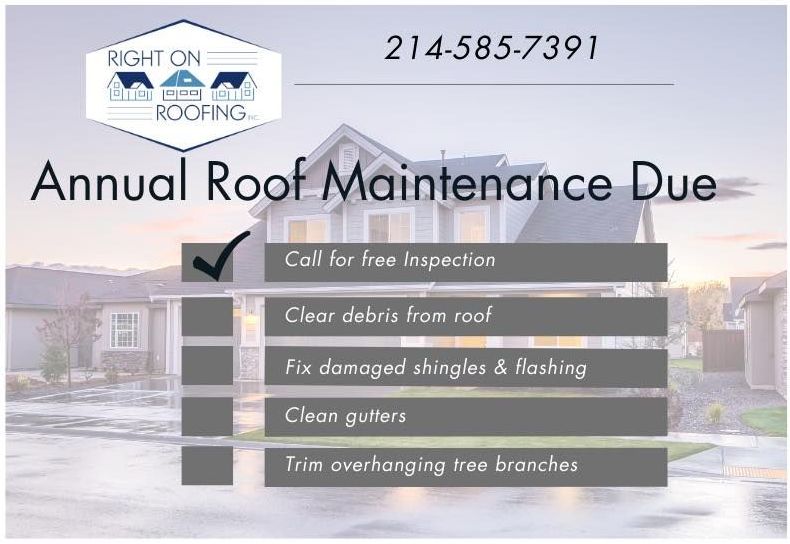
Is your roof ready for the seasons ahead? A little maintenance goes a long way in protecting your home and saving on costly repairs. ✅ Call us for a FREE inspection today! 📞 214-585-7391 Make sure to: ✔️ Clear debris from your roof ✔️ Fix damaged shingles & flashing ✔️ Clean gutters ✔️ Trim overhanging tree branches Don't wait until small issues turn into big problems. Let Right On Roofing take care of your home! #RoofMaintenance #HomeCare #RightOnRoofing #FreeInspection #ProtectYourHome #RoofingExperts
